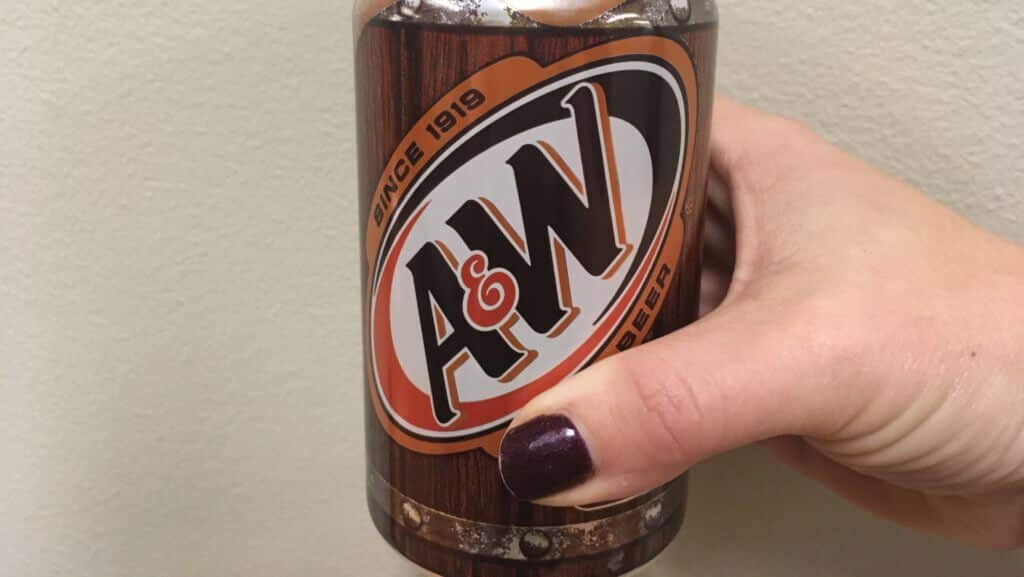
We all have opportunities for improvement – sometimes it takes some time, but it is possible to make changes to our habits and practices. For me, this was made possible by nothing other than A & W Root Beer…
Throughout this series, we’ve talked about what is important to patients and families and highlighted the importance of the ED not only to the hospital, but to the patient journey. So far, we’ve looked at several best practices for communication, discussing strengths and inconsistencies that our DTA team has seen when coaching physicians, PAs, techs, NPs, coordinators, EMTs, and paramedics from Emergency Departments across the country.
This time we’ll turn to some of the opportunities for improvement that we continually encounter. At DTA when coaching, we consider an “opportunity” as a “suggestion to start.” To us this is a practice or behavior that we did not witness during our time shadowing the care team member but that would strengthen their practice. We find that with intention and focus, staff and physicians can incorporate these into their communication and make an impact in their interactions with patients and families.
This week we’ll look at one of the most common opportunities that we’ve coached with staff in the ED:
Use of open-ended questions: There are two parts to this practice 1) Do you give your patients and families an opportunity to ask you questions? Do you inquire about their unmet needs? 2) When you do give them this opportunity, do you ask it in an open-ended fashion?
Often, we find that patients and families are giving non-verbal cues (like nodding and saying “uh-huh”) such that we think they understand everything we’re explaining. It’s in those moments that I will find that staff and physicians skip the step of asking inviting questions.
99% of the time, when staff and physicians do ask it goes something like this: “Do you have any questions?” or the abbreviated “Questions?” Techs and other support staff are not exempt in this. When inquiring about patient needs before leaving the room, I’ll hear them ask “Anything I can get for you?” or “Need anything?” These questions have something in common – they are closed questions. That means they can be answered one of two ways: “Yes” or “No.” It’s surprisingly rare that a patient or a family responds to this with a “Yes” and gets their question answered or need met in the moment. More often, social convention tells us that this means that the visit/encounter is coming to an end and so patients and families will respond with “No” without even thinking. When we have done patient-level observations in the ED, I am always struck by the number of times a patient will respond “No” and then right after the staff member leaves, will realize that they need something or have a question!
I’m getting older (aren’t we all!) and it’s increasingly difficult to learn new things, let alone remember things – so I developed a trick to help me use more open-ended questions. Think of A & W Root Beer. To turn a closed question into an open-ended one, all you have to do is turn the “A” to a “W.” Replace “Any” with “What” in a closed question and you will make it more open. For example, change “Any questions” or “Do you have any questions” to “What questions do you have for me?” Instead of “Anything else I can get for you” or “Need anything” try “What can I get for you?”
So why does this matter? Can such a simple change in the language we use make that big of a difference? Yes it can. Using open-ended questions frames the conversation in a way that much more strongly encourages participation from the patient. Since this technique requires the patient to formulate a sentence to answer the question, it naturally adds a brief pause in the conversation that allows the patient a moment to think and reflect before responding. Equally important, it adds validity to the fact that you anticipate that they may have questions or needs, as many patients do, simply by the way you phrase the question.
If your patient is having difficulty formulating a response to your open-ended question, add another statement such as, “Sometimes patients like you will ask me…” However, it is important to wait before jumping into this technique. A best practice is to pause, count to ten, and then add the additional comment if necessary.
I was never more convinced of the power of coaching and the ability to make an immediate difference in communication than after shadowing with a hospitalist who had been in practice for at least 10 years. After we were done with me shadowing her, we sat outside of the ED and debriefed the experience. I talked to her about her many strengths, a few inconsistencies, and two opportunities I’d witnessed in our time together. One of her opportunities was to use more open-ended questions. I told her that my crazy way of remembering that by thinking of A & W Root Beer. That seemed to make sense to her and we said good bye as she went off to see her patients for the afternoon. Later that evening I received an email from her. She was so excited:
“Janiece, guess what?! My patients do have questions! All this time I’ve been going around thinking that I was doing such a great job of explaining things. But this afternoon, I tried what you said and it worked! Just by subtly asking the question differently, it got out more of those questions that they really had for me!”
Another physician participant told me something similar after their coaching experience:
“A small suggestion can go a long way. Many of us physicians have habits we repeat a dozen times a day or more – such as how we greet a patient or how to frame a question. Even a small suggestion that changed the way I ask a common question has already made a positive impact on my care hundreds of times.”
One last thing about open-ended questions: it is important to know that it is more about the invitation than the response. The fact that you invite the patient to ask questions of you in this manner shows presence, respect, and validation that many patients do have questions and needs in similar situations.
Next time we’ll talk about teach back, another important opportunity that can have a significant impact on our communication with patients.
